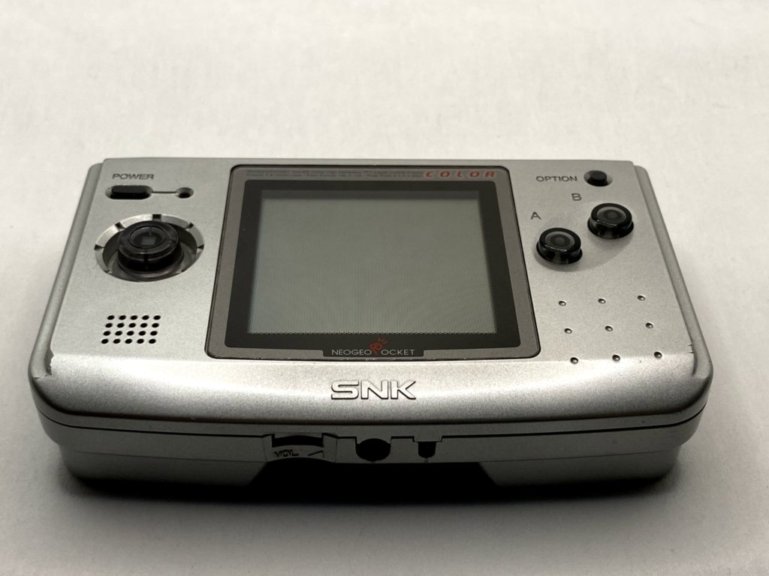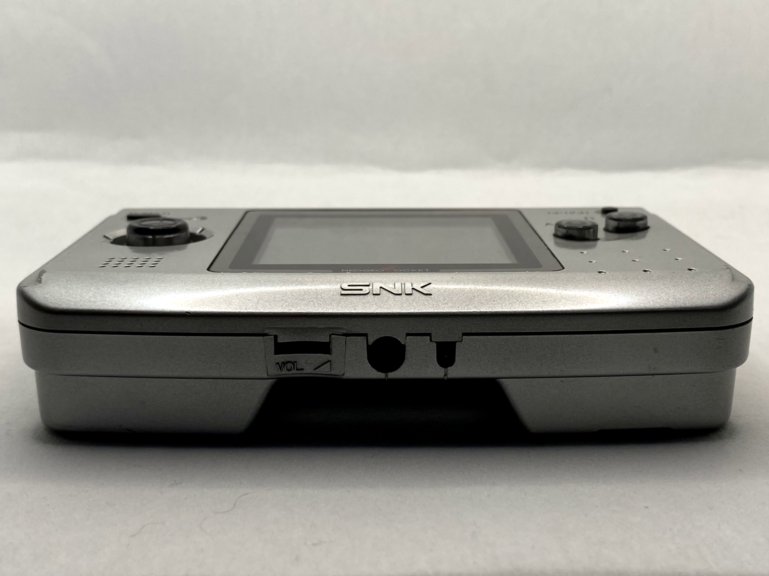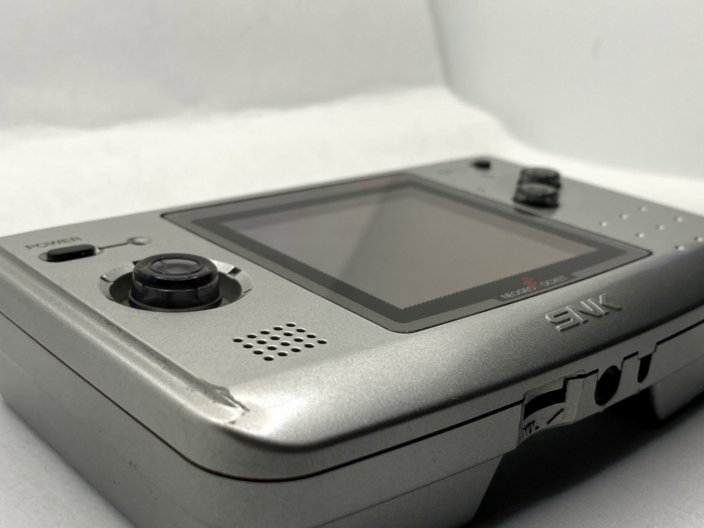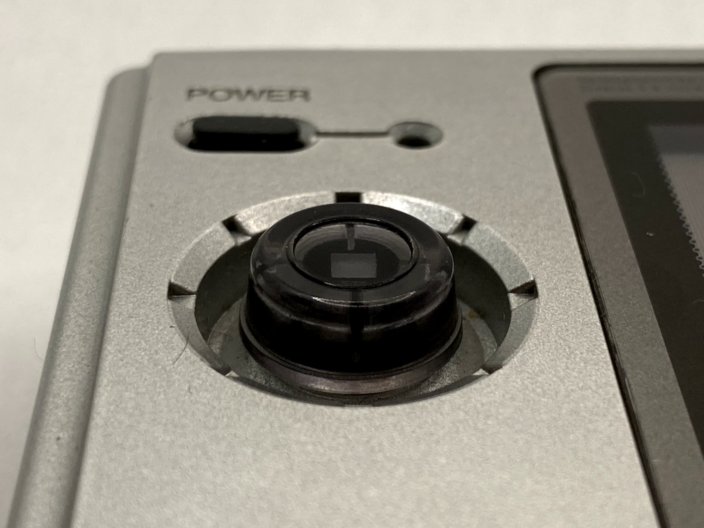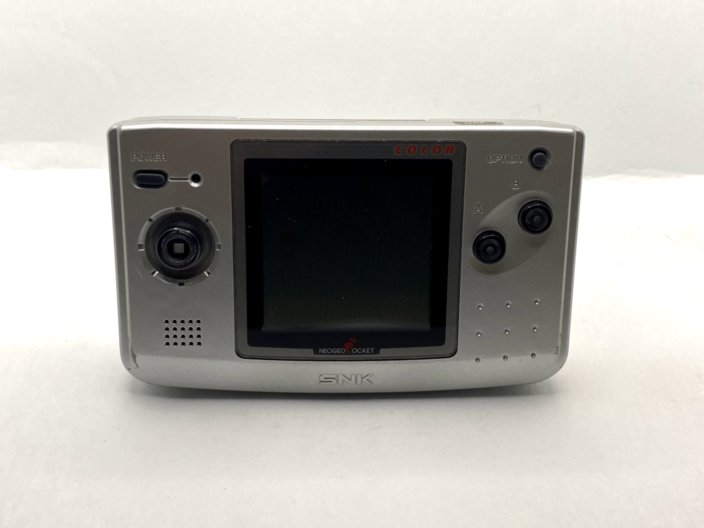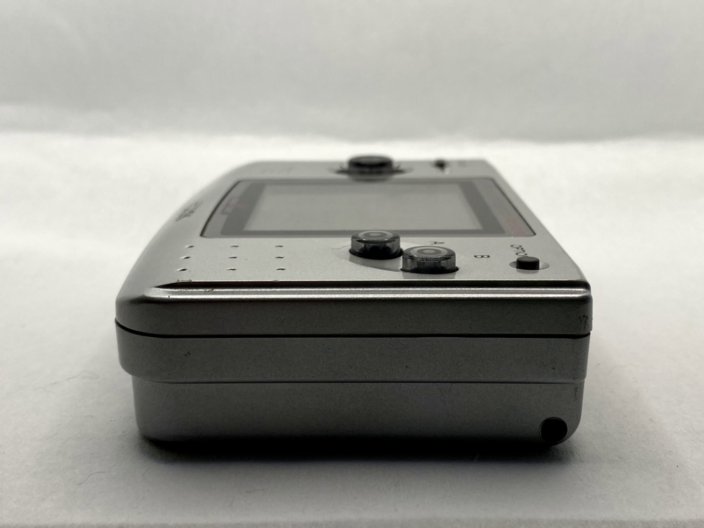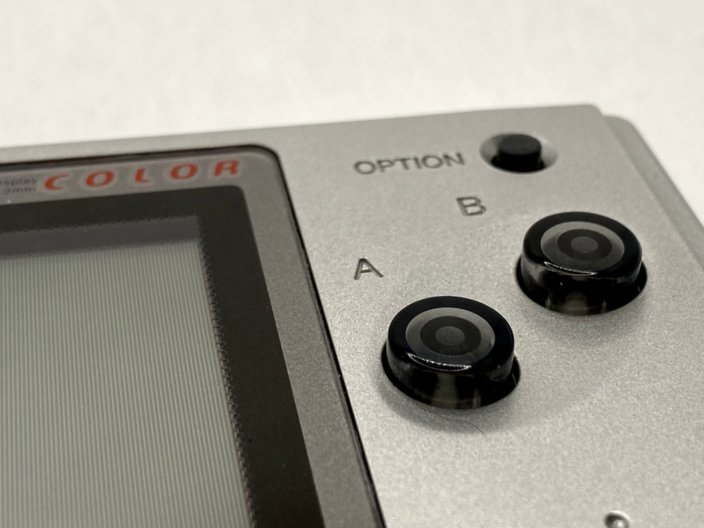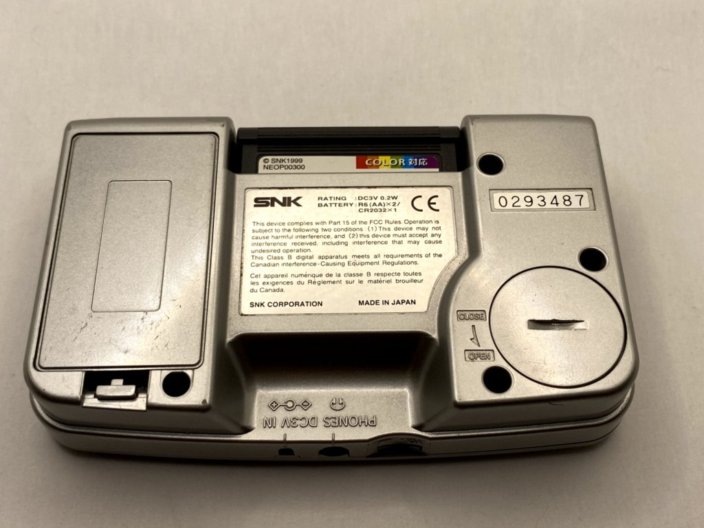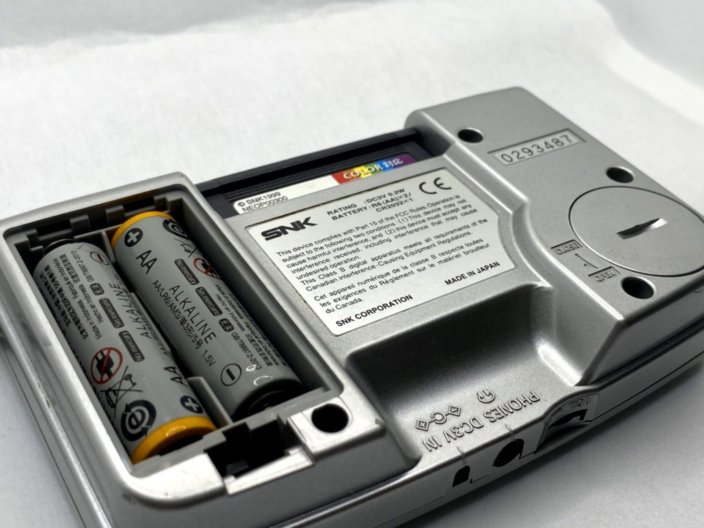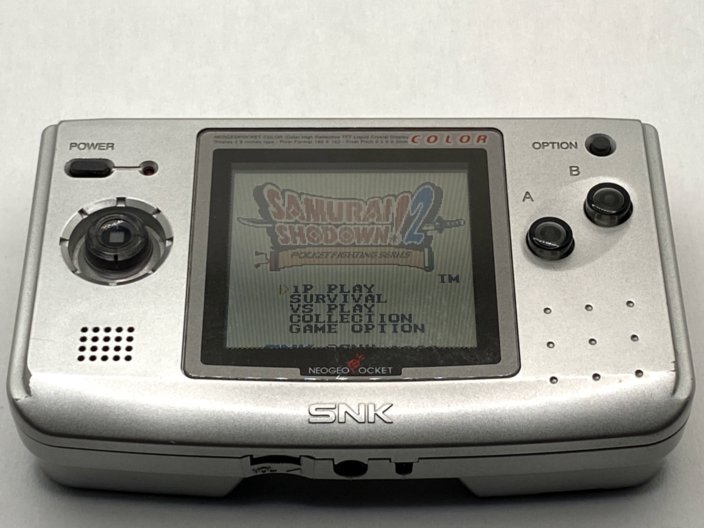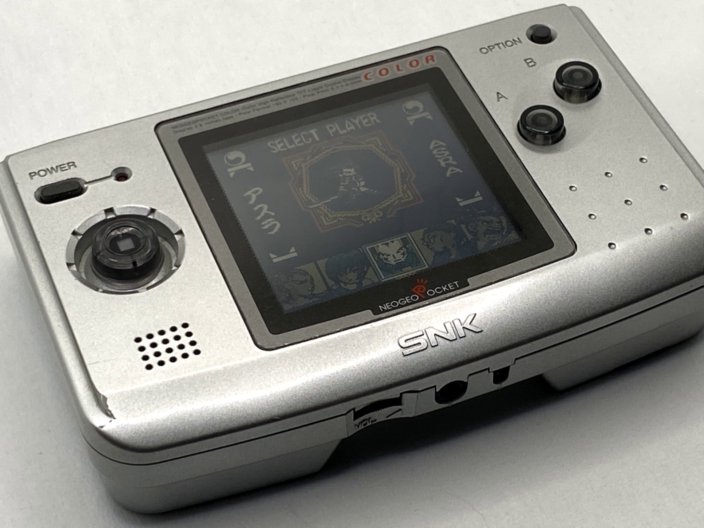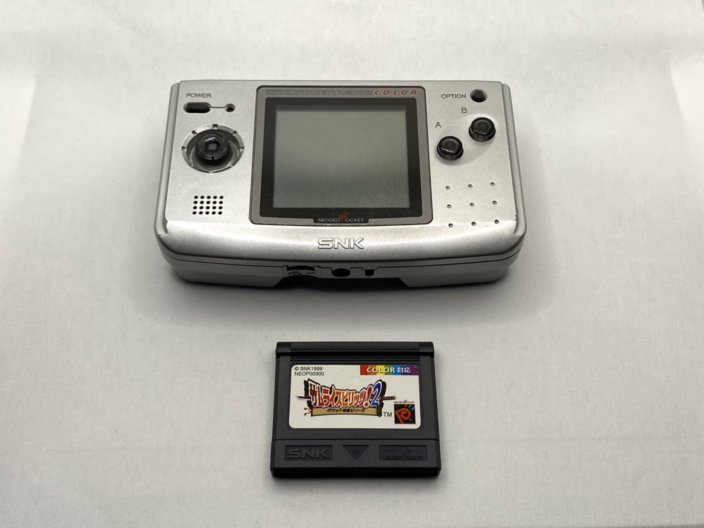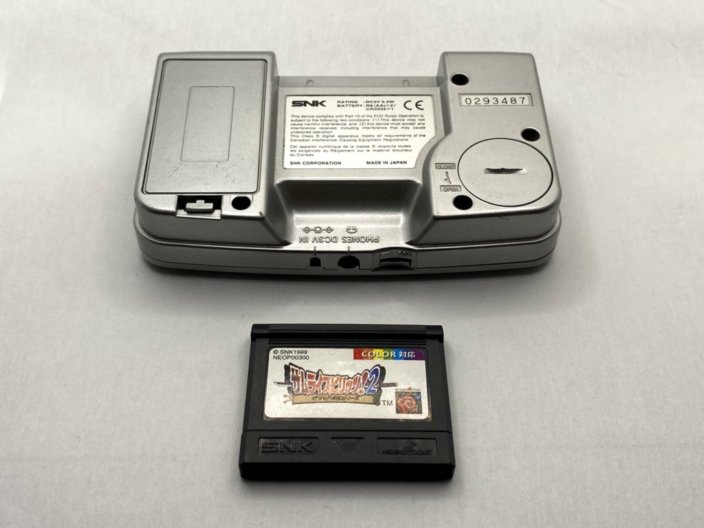Neo Geo Pocket Color: The Handheld That Helped Kill a Company
September 6, 2020The Neo Geo line of hardware may have ultimately contributed to the death of game developer SNK Corporation, but the surprisingly well-made series of systems remain beloved among those who had a chance to own one.
The original Neo Geo Pocket was a monochrome handheld that was released in 1998 and lasted just a year before being replaced by the Neo Geo Pocket Color.
The Pocket Color was a 16-bit color system with 12KiB of RAM, and a 2.7-inch screen. It ran on two AA batteries for about 40 hours of play and sported a Lithium battery for backup memory and the built-in clock.
While the system, like its predecessor, didn’t last very long in the market (it had a two-year lifespan), there’s a lot to be said about the Neo Geo Pocket Color. It had a pretty strong launch, with a record 14 titles when it hit in 1999. The system also had the ability to link multiple handhelds together and even connect the handheld to a Sega Dreamcast. While the system had a game library of 82 titles, it’s probably best known for its robust line-up of fighting games. Non-fighting game franchises on the system included Metal Slug and a slew of Sega hits.
The most notable thing about the system, though, was its controls. The Neo Geo Pocket Color featured two face buttons on the right side of the system and on the left side of the system, what remains one of the best, if not the best, D-pad-thumbstick hybrids on the market. As with the original Neo Geo Pocket, the eight-way digital D-Pad made use of microswitches which gave it a clicky feel and sound. This also made it an especially effective controller for fighting games.
While a solid system, SNK’s timing for its release was terrible. The line of handhelds launched up against the immense popularity of the Game Boy and stiff competition from Bandai’s WonderSwan. More importantly, the system had the rug pulled out from under it by the rising anticipation for Nintendo’s release of its 32-bit Game Boy Advance, which arrived in 2001. Coupled with SNK’s financial struggles, over-investment in an amusement park business, and the purchase of the company by Aruze, it wasn’t long until the handheld line died, followed not much later by the collapse of SNK.
Love retro handhelds? Well then, have I got a bunch of stories, videos, and pictures for you.
